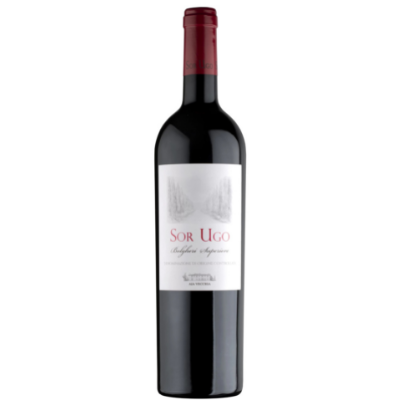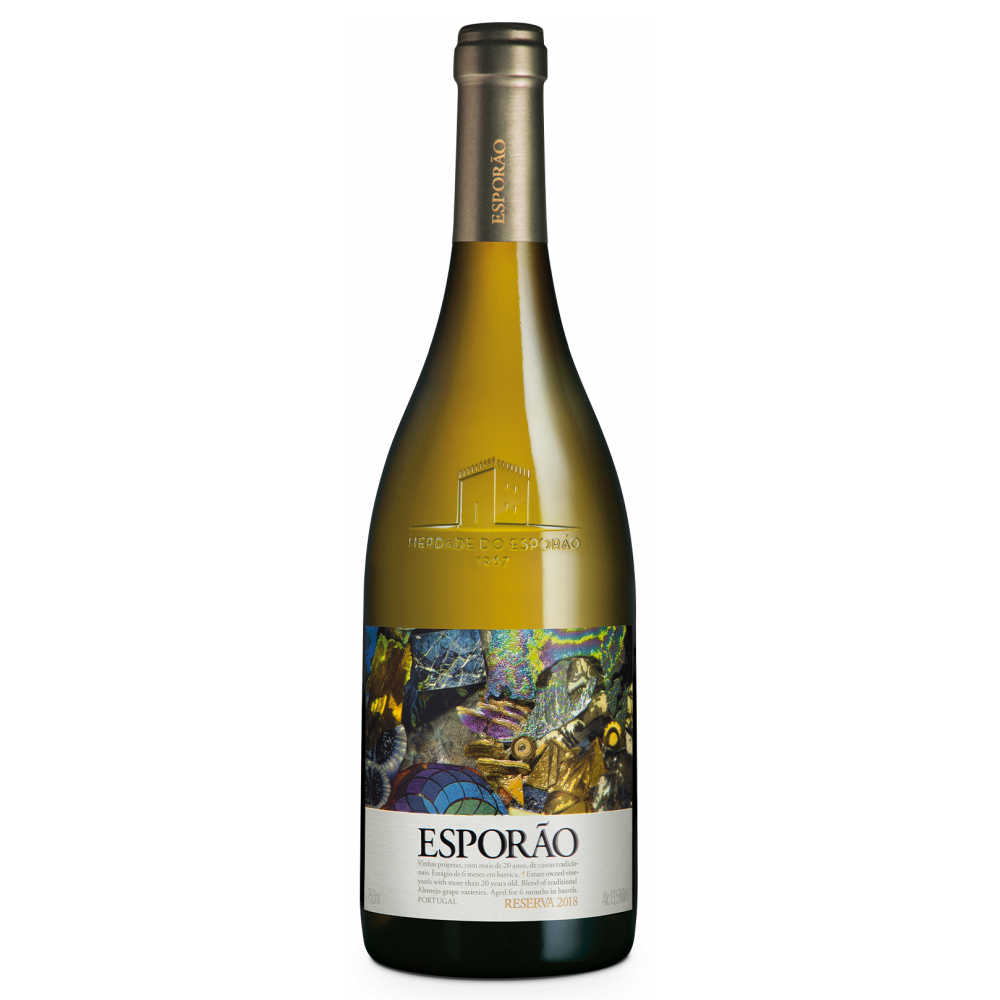-
×
 2022 Librandi Critone 750ML
1 × $17.99
2022 Librandi Critone 750ML
1 × $17.99 -
×
 2021 Hugl Weine Gruner Veltliner Rossberg Reserve 750ML
1 × $17.99
2021 Hugl Weine Gruner Veltliner Rossberg Reserve 750ML
1 × $17.99 -
×
 2019 Chateau Latour-Martillac Blanc 750ML
1 × $43.99
2019 Chateau Latour-Martillac Blanc 750ML
1 × $43.99 -
×
 2018 Weingut Diwald Wagram Gruner Veltliner Grossreidenthaler Loss 750ML
1 × $19.99
2018 Weingut Diwald Wagram Gruner Veltliner Grossreidenthaler Loss 750ML
1 × $19.99 -
×
 2021 San Giorgio Ciampoleto Rosso di Montalcino 750ML
1 × $24.99
2021 San Giorgio Ciampoleto Rosso di Montalcino 750ML
1 × $24.99 -
×
 2022 Domaine Thierry Mortet Bourgogne Passe-tout-grains 750ML
1 × $24.99
2022 Domaine Thierry Mortet Bourgogne Passe-tout-grains 750ML
1 × $24.99 -
×
 Alandes 'Paradoux Blend' White 750ML
1 × $25.99
Alandes 'Paradoux Blend' White 750ML
1 × $25.99 -
×
 2021 Setzer Wiener Symphoniker Roter Veltliner 750ML
1 × $25.99
2021 Setzer Wiener Symphoniker Roter Veltliner 750ML
1 × $25.99 -
×
 2023 Ronco dei Pini Pinot Grigio Collio 750ML
1 × $17.99
2023 Ronco dei Pini Pinot Grigio Collio 750ML
1 × $17.99
2017 Three Otters Chardonnay
$20.35
Out of stock
2017 Three Otters Chardonnay
2017 Three Otters Chardonnay The nose of this 2017 wine displays citrus, apple, pear, and a touch of hazelnut. Medium in body with elegance and lift echoing pomme and citrus fruits on the finish.
As soon as the grapes arrived in the cellar they were pressed as whole clusters. The juice was then allowed to settle in a tank for 48 hours before being tracked to a new tank where fermentation slowly started at a cool 55 degrees F. This temperature was maintained throughout fermentation and élevage. The wine was left on its fermentation lees during the full course of malolactic conversion and racked a minimal amount prior to bottling 9 months after harvest.
Chardonnay Wine
Chardonnay is the world’s most famous white-wine grape and also one of the most widely planted. Although the most highly regarded expressions of the variety are those from Burgundy and California, many high-quality examples are made in Italy, Australia, New Zealand and parts of South America.
Describing the flavors of Chardonnay is not easy. While many Chardonnay wines have high aromatic complexity, this is usually due to winemaking techniques (particularly the use of oak) rather than the variety’s intrinsic qualities. Malolactic fermentation gives distinctive buttery aromas. Fermentation and/or maturation in oak barrels contributes notes of vanilla, smoke and hints of sweet spices such as clove and cinnamon. Extended lees contact while in barrel imparts biscuity, doughy flavors. Because of this high level of winemaker involvement, Chardonnay has become known as the “winemaker’s wine”.
The variety itself (although often said to be relatively flavor-neutral) is responsible for most of the fruity flavors found in Chardonnay wines. These range from the tropical (banana, melon, pineapple and guava) to stonefruits (peach, nectarine and apricot), citrus and apples.
Climate plays a major role in dictating which fruit flavors a Chardonnay will have. Broadly speaking, warm regions such as California, Chile and much of Australia tend to give more tropical styles. Temperate zones such as southern Burgundy or northern New Zealand create wines marked out by stonefruit notes. The very coolest Chardonnay vineyards (those in Chablis, Champagne and Germany) lean towards green-apple aromas.
Mineral descriptors such as chalk, wet stones and crushed seashells also find their way into Chardonnay tasting notes. These are sometimes attributed to the soils in the vineyard, although the relationship between soil and wine flavor has become widely exaggerated. The most famously minerally Chardonnay wines are those of Chablis, one of the very few wine regions to focus on a largely unoaked style of Chardonnay.
Although most famous for its still, dry wines, Chardonnay is used to produce an impressively diverse range of wine styles. The variety is put to use in sparkling wines all over the world (most famously Champagne), when it is usually paired with Pinot Noir. It can also be found in sweet botrytized and late-harvest wines; Canada even produces sweet Chardonnay ice wines.
Chardonnay is particularly popular with wine producers, not least because it has a reliable market of keen consumers. The variety produces relatively high yields, will grow in a broad spectrum of climates and can be made into wine of acceptable quality with relative ease. In poor vintages, deficiencies can be covered up with oak flavors, reducing the financial impact of a bad harvest.
Related products
Deal
Wines!
Wines!
SAVE 36% 98pts Andrew Jeffords Decanter
Deal
Wines!
Wines!
92pts Parker 93pts Vinous Save 40%
 2022 Librandi Critone 750ML
2022 Librandi Critone 750ML 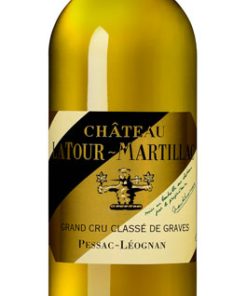 2019 Chateau Latour-Martillac Blanc 750ML
2019 Chateau Latour-Martillac Blanc 750ML  2018 Weingut Diwald Wagram Gruner Veltliner Grossreidenthaler Loss 750ML
2018 Weingut Diwald Wagram Gruner Veltliner Grossreidenthaler Loss 750ML 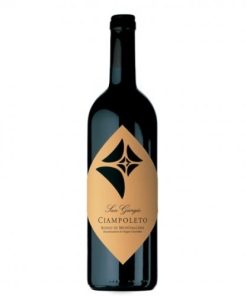 2021 San Giorgio Ciampoleto Rosso di Montalcino 750ML
2021 San Giorgio Ciampoleto Rosso di Montalcino 750ML 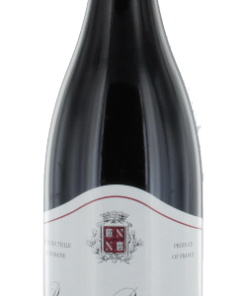 2022 Domaine Thierry Mortet Bourgogne Passe-tout-grains 750ML
2022 Domaine Thierry Mortet Bourgogne Passe-tout-grains 750ML 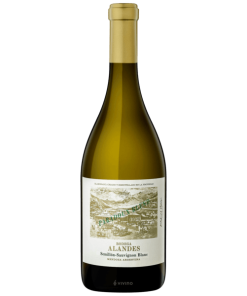 Alandes 'Paradoux Blend' White 750ML
Alandes 'Paradoux Blend' White 750ML  2021 Setzer Wiener Symphoniker Roter Veltliner 750ML
2021 Setzer Wiener Symphoniker Roter Veltliner 750ML 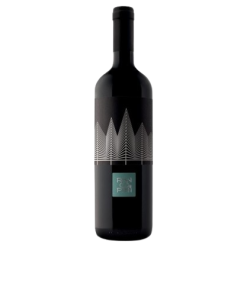 2023 Ronco dei Pini Pinot Grigio Collio 750ML
2023 Ronco dei Pini Pinot Grigio Collio 750ML 
